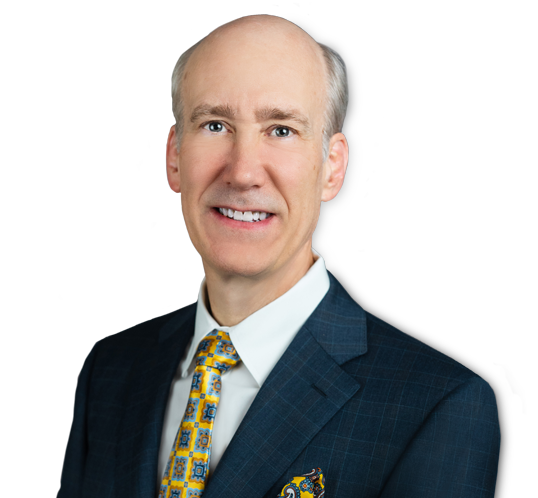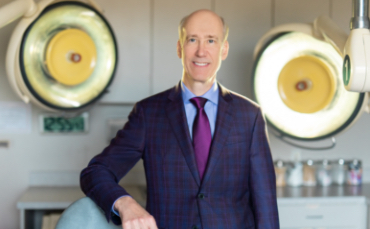
November 22, 2022

We detected that you're using an older version of Internet Explorer. Please upgrade IE 11 or later.
Alternatively, you can install and use these secure and newest browsers: Chrome | Firefox | Safari for macOS | Edge for Windows

Medically Reviewed by Dr. J. Hopkins
November 22, 2022

Gynecomastia is a condition that affects 65% of men between the ages of 27 and 92. While teenage boys may also experience this condition, the causes of gynecomastia between the different age groups are very different.
If you have gynecomastia, turning to a qualified doctor to help you with the condition is important. Read more about what gynecomastia is, what causes it, and what you can do about it.
Gynecomastia is a condition that causes swelling of male breast tissue. The breasts grow larger and can even do so unevenly.
Gynecomastia is a benign condition that has many different causes, including an imbalance of hormones. If there is a change in the levels of the female hormone (estrogen) and male hormones (testosterone), gynecomastia can develop.
Another common cause of gynecomastia is taking certain medications, like antidepressants. Antibiotics, chemotherapy, prostate cancer drugs, cardiovascular drugs, and those for ulcers can also cause the condition.
There are also diseases that can cause gynecomastia, including:
It is most common in men over 50 because this is when the male body stops making as much testosterone as it used to. Men over 50 who have more body fat will also produce more estrogen, leading to the development of gynecomastia.
Some common symptoms of gynecomastia include seeing or feeling a fatty tissue or lump beneath the nipple, which can feel sore. The lump will usually move easily within the breast tissue and not change with diet and exercise. You may then begin to see uneven swelling of the breasts and localized fat in the chest region.
Teenage boys can have an imbalance of hormones, which can lead to gynecomastia. Older men are at a higher risk because there is a change in hormone levels.
Someone with health conditions like obesity will also have a higher risk of developing the condition, as will men with thyroid issues and kidney disease since these diseases affect hormone levels.
Steroid use is another risk factor. Because anabolic steroids impact hormone levels, they can increase your chances of developing gynecomastia.
Gynecomastia in older men is not a condition that will go away on its own, and the first step in treating the condition is understanding its cause. If the medications you are taking cause gynecomastia, speaking with your doctor about them might offer a solution.
Losing weight, if excess fat causes the condition, can also be a way to treat gynecomastia. In some instances, however, there is no real way of treating it. You can always turn to male breast reduction surgery if that is the case.
Male breast reduction surgery is a surgical procedure that removes excess fat along with glandular tissue in the chest area. It can also reduce the size of the areola and nipple.
The right candidates for this surgery are men who are in good overall health and who can pass a preoperative examination. You must also not smoke or be willing to quit before the surgery, and you should have realistic expectations of the results.
The first step in knowing if this is a good option for you is to set up a consultation. Your surgeon will ask for a full medical history and a list of any medications you take. They will also perform an examination and ask for exams to ensure you are healthy enough for surgery. If you are a good candidate for the procedure, your surgeon will schedule your surgery.
You will receive general anesthesia, and then the surgery will begin. If you have a concern about excess fat deposits, liposuction is likely what the surgeon will do first. Liposuction will remove the unwanted fat cells from the area so you can have the smoother results you want.
If you have a lot of excess glandular tissue or skin, you will receive a surgical removal. After this, the surgeon will reposition your nipples.
Since this is an outpatient procedure, you will generally be able to return home on the same day as the surgery. Make sure to have someone ready to drive you home. After surgery, you will have various follow-up appointments to check the status of your healing.
One of the best options for men who struggle with gynecomastia is to turn to male breast reduction surgery. At J. Hopkins Plastic Surgery, the team is ready to help. Learn more about the procedure and what you can expect.

June 23, 2022

May 18, 2022

June 1, 2020


A triple board-certified plastic and reconstructive surgeon who is here to listen to your needs and provide the most compassionate care possible. Dr. Hopkins will be on your side every step of the way.

“Our experience with Dr. Hopkins and his staff have been exemplary above all others. All are professional, courteous, and efficient. We appreciate Dr. Hopkins and how he has worked tirelessly to treat my condition.”
Serving Patients From:
As a triple board-certified surgeon in Dallas, Dr. Hopkins specializes in the full array of plastic surgery procedures and will work with you to fully customize your treatment plan and successfully achieve your desired results. For natural, personalized results, reach out to J. Hopkins Plastic Surgery to schedule your initial consultation in Dallas.
Please be aware that this is not a secure email network under HIPAA guidelines. Do not submit any personal or private information unless you are authorized and have voluntarily consented to do so. We are not liable for any HIPAA violations. Understand that if you email us, you are agreeing to the use of an unsecured method and understand that all replies will be sent in the same fashion, which you are hereby authorizing.
By checking this box you hereby agree to hold J. Hopkins Plastic Surgery, including its doctors and affiliates, harmless from any hacking or any other unauthorized use of your personal information by outside parties. By checking this box, you also agree to receive email communication from J. Hopkins Plastic Surgery, including its doctors and affiliates.
if you are offended by such material or are under 18 years of age, please do not proceed